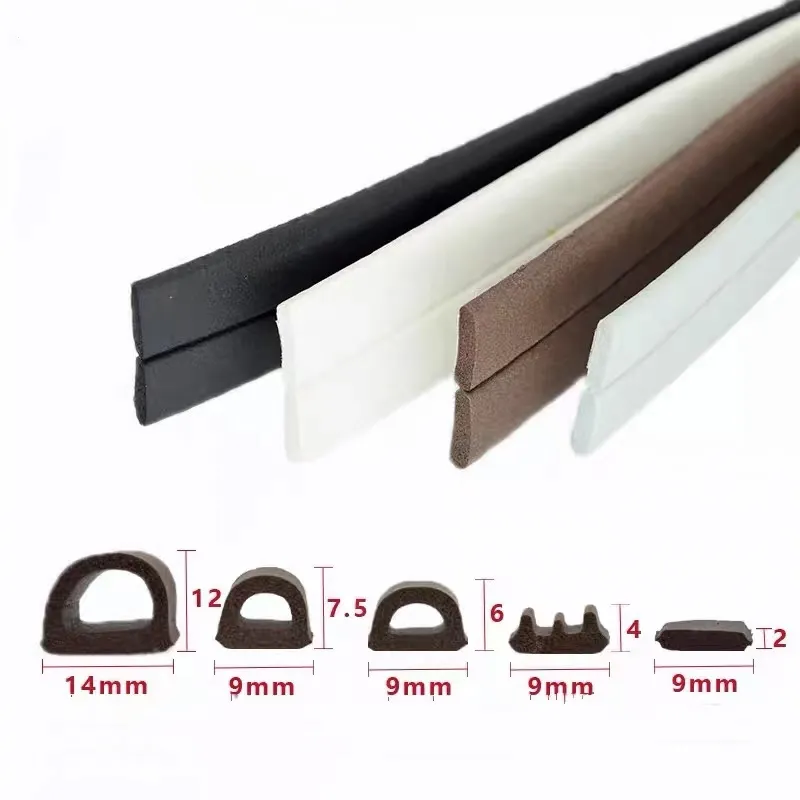door bottom draft
Understanding and Addressing Door Bottom Draft Problems
Drafts from beneath doors can be a nuisance in any household, leading to increased heating and cooling costs, discomfort, and even potential pest entry. If you’ve ever walked past a door and felt a chilly breeze or noticed dust and debris gathering near it, you’re likely experiencing the effects of a door bottom draft. In this article, we will explore what causes these drafts, their impact on your home environment, and effective strategies to eliminate them.
What Causes Door Bottom Drafts?
Primarily, door bottom drafts occur due to gaps between the bottom of the door and the floor or threshold. As homes settle and weather changes, doors can warp or shift, creating spaces that allow air to flow freely. Other common causes include poorly installed doors, worn-out door sweeps or seals, and inadequate door frames. External elements such as wind, rain, and fluctuating temperatures can exacerbate these drafts, making a once-cozy home feel cold and drafty.
The Impact of Door Bottom Drafts
The implications of door drafts are more significant than mere discomfort. Here are a few potential impacts
1. Increased Energy Costs When conditioned air escapes through drafts, your heating and cooling systems have to work harder to maintain the desired temperature. This translates into higher energy bills, especially during extreme weather seasons.
2. Unwelcomed Pests Gaps under doors can provide an easy entry point for insects and rodents, potentially leading to infestations that can threaten your home’s integrity.
3. Water and Humidity Issues Water can seep through door gaps during storms, leading to water damage or mold growth, which poses health risks and costs for repairs.
4. Noise Pollution Drafty doors can also allow outside noise to penetrate your home more easily, which can be particularly bothersome in busy urban areas.
door bottom draft

Solutions to Door Bottom Drafts
Fortunately, there are several strategies homeowners can implement to mitigate or completely eliminate door bottom drafts
1. Install a Door Sweep A door sweep is a simple, effective solution. It attaches to the bottom of the door and creates a seal when closed. There are various types available, including traditional rubber sweeps and decorative options to match your home’s style.
2. Use a Draft Stopper Draft stoppers, often made of fabric and filled with materials like rice or beans, can be placed at the bottom of the door when not in use. These handy devices are great for blocking drafts while adding a touch of decor.
3. Weatherstripping This involves applying adhesive strips around the door frame to seal gaps. The foam or rubber materials expand to fill spaces, providing a snug fit that keeps drafts at bay. It’s a budget-friendly and effective solution.
4. Adjust the Door If the door is misaligned, consider adjusting the hinges to better align it with the frame. Sometimes tightening or replacing the hinges can make a significant difference.
5. Threshold Replacements If your threshold is worn or damaged, replacing it with one that fits tightly against the door can help prevent drafts. This is especially useful for older homes.
6. Routine Maintenance Regular inspection and maintenance of your doors and windows can help you catch and address draft issues before they become a bigger concern. Pay attention to changes in your door’s performance, and act promptly.
Conclusion
Addressing door bottom drafts not only enhances the comfort of your home but also improves energy efficiency and protects against potential harm from unwanted pests and moisture. By understanding the causes and utilizing the solutions available, homeowners can create a cozier living environment while potentially saving money on energy costs. Whether you choose to install a door sweep or invest in weatherstripping, the benefits of eliminating door drafts extend far beyond immediate comfort, leading to a home that is energy-efficient and welcoming all year round.
-
Under Door Draught Stopper: Essential ProtectionNewsJul.31,2025
-
Garage Door Seal and Weatherstrips for ProtectionNewsJul.31,2025
-
Edge Banding Tape for Perfect EdgesNewsJul.31,2025
-
Table Corner Guards and Wall Corner ProtectorsNewsJul.31,2025
-
Stair Nose Edging Trim and Tile Stair SolutionsNewsJul.31,2025
-
Truck Bed Rubber Mats for Pickup BedsNewsJul.31,2025
-
Window Weather Stripping for Noise ReductionNewsJul.29,2025